When a Bear Attacks...No You Can't Just Hit the Gas
There's a lot to consider when confronted with these furry "friends" in the woods. So it's imperative to learn some efficient and effective options to be better equipped for the worst.
The adrenaline rush that comes with riding an ATV through rugged backcountry trails is unmatched. As you navigate rough terrain and get to places you wouldn’t otherwise be able to on foot, it’s easy to feel invincible or even dominant over nature. But let’s be clear, you aren’t invincible on an ATV. When going into the backcountry on an ATV or UTV, you still need to follow wildlife safety protocols—and this includes bear safety.
Bear Sightings on Are Rare, But They Do Happen
Bears are generally very shy, reclusive creatures. They don’t want to have anything to do with humans, so will move out of the way if they hear you coming. The majority of bear confrontations occur either because of food (people leaving food around camp, for example) or because someone was hiking very quietly and startled a bear or its offspring.
Even when riding an electric model, ATVs make a lot of noise. Because of this, it is very unlikely that you will see a bear while riding an ATV in bear country. And, if you do see a bear, it will likely just move out of the way. “Rare” doesn’t mean bear encounters don’t ever happen, though. Bears can sometimes feel threatened by loud noises, and this triggers a defensive attack.
Watch the video below of a bear charging. The riders are on enduro motorcycles, not ATVs, but it shows that loud noises won’t always keep bears away. You can also find countless firsthand accounts of ATV riders encountering bears in forums and other discussion groups.
Enduro Riders Encounter Brown Bear on Trail by ViralHog
Bear Safety Guidelines When Riding an ATV
Don’t make the mistake of thinking you will be able to out-ride a bear if you encounter one. Bears can run at speeds of up to 35 mph. Even if you have a high-speed ATV model, there’s no way you can go faster than a bear on rugged terrain.
Also, don’t think you can shoot a charging bear. It takes a very large caliber bullet to stop a bear. Even if you happen to have this caliber of weapon with you while riding an ATV or UTV, bears can cover thirteen yards in one second. You won’t even have time to get the firearm out, nevertheless aim, before the bear is on you.
Be Alert & Come Equipped with Knowledge
First and foremost, being aware of your surroundings and knowing what sort of animals you might come across in the local riding areas is key. If you have some information about what to look out for, how to identify certain creatures, and even by looking for their tracks, you might prevent an encounter entirely.
Paying attention to the environment you're in is helpful. Whenever you take a break, keep an eye out for signs that might indicate the presence of predatory animals like bears. Tracks are a clear giveaway—look for broad paw prints with large, clawed toes. Scat is another clue; large droppings often contain remnants of berries, fur, or bones, and their freshness can hint at how recently the animal was nearby. Scratched trees are a common marker, as bears claw tree trunks to establish territory, and overturned rocks or logs can indicate foraging behavior.
Flattened grass or depressions might signal a bear’s bed or den, while disturbed vegetation, such as broken branches or trampled paths, can suggest a large animal recently passed through. Bears also have a musky scent that may linger in the area. Auditory cues like growls, grunts, or the sound of breaking branches are additional signs to stay alert. Finally, keep an eye out for partially eaten carcasses or other food remnants that could be a bear’s leftovers. If you notice any of these signs, stay aware, make noise to avoid surprising the animal, and be prepared to retreat safely.
Know Your “Enemy”
Bears come in all shapes, sizes, and demeanors. They don’t all react the same way nor do they have the same exact behaviors, so being informed of their differences can help you be better prepared. There are three main types of bears found in North America: black bears, brown bears (grizzlies), and polar bears, each with distinct physical attributes and behaviors. Black bears are generally smaller, with a straight facial profile and no noticeable shoulder hump. Their coat color can vary from black to brown, cinnamon, or even white in rare cases. They are excellent climbers and tend to avoid confrontation, often fleeing if startled.
Brown bears, including grizzlies, are larger with a distinctive shoulder hump made of muscle and a concave facial profile. They are more aggressive than black bears, particularly when protecting cubs or food, and are less likely to flee. Brown bears are not as adept at climbing but are powerful runners. Polar bears, the largest of the three, are found in Arctic regions and have white fur, a long neck, and large paws adapted for swimming. They are highly carnivorous and more likely to see humans as prey if food is scarce.
When encountering a bear, knowing these differences can help guide your reaction. For black bears, make yourself look big, make noise, and slowly back away. With brown bears, avoid eye contact, play dead if attacked, and do not run. Polar bears require immediate retreat if possible, as they are the most dangerous and unpredictable. Always carry bear spray and remain aware of your surroundings in bear country.
So, how can you protect yourself from bears should you come across one while on your ATV?
Carry Bear Spray While Riding
Before you even leave, make sure to carry bear spray. It’s the last line of defense in an attack. Bear spray is like pepper spray, but on steroids. Unlike regular pepper spray which only goes 6-12 feet, bear spray makes a huge burst of 20-30 feet in front of you. Even if you are crapping yourself as a bear charges toward you, it’s unlikely that you will miss it. Bear spray is highly effective in preventing and stopping bear attacks. But, to be effective, it must be carried out in a way that makes it accessible.
Guidelines for Carrying Bear Spray While ATVing
- Do not put it in your backpack: Like with a firearm, you won’t be able to get it out in time to stop a bear attack.
- Carry it in a holster: Chest holsters are usually the best option for ATV riding because they are more comfortable than hip holsters when sitting.
- Don’t mount it to the ATV: Cyclists often put bear spray in their water bottle cages or strap it to their bikes. You don’t want to do this on an ATV though because the vibrations can cause the safety to dislodge.
- Regularly check the safety: It’s easy to dislodge the safety when on an ATV, such as from vibrations or when you brush up against vegetation. Check it regularly, so you don't accidentally spray yourself. It’s also smart to get a holster that goes over the safety, making it less likely to fall off.
Bear Spray Also Works Against Moose
While bears will generally run away from an ATV, the same can’t be said of a moose. Unlike bears, moose can be very aggressive and are prone to attacking humans. Don’t count on them being intimidated by your ATV—there are even frequent accounts of moose attacking cars and trucks.
The good news is that bear spray will also work on moose attacks. Moose can’t change direction easily, so it’s best to keep your ATV between you and the animal. Spraying the moose from behind your ATV can cause the moose to retreat and save yourself (and ATV) from getting trampled.
Be a Responsible Rider
Part of being a responsible ATV rider is preparing for worst-case scenarios. Even expert riders can find themselves in situations where they must abandon their ATV and head out on foot, such as if they become stuck or experience mechanical issues.
If you are on foot, then you won’t have a loud ATV to ward off bears in the region, making an encounter much more likely—which is one more reason to have bear spray with you, and be prepared to use it if necessary. Continue to make noise as you travel. If you're with friends, maintain a loud conversation. Maybe even consider playing music on your phone if you're alone.
With the right preparation, knowledge, and tools, you can navigate the backcountry on your ATV with confidence. Understanding bear behavior, carrying bear spray, and staying alert to your surroundings are essential to avoiding dangerous encounters with wildlife, whether it’s a bear or an aggressive moose. By following these tips and consulting expert advice, you can enjoy the thrill of off-road adventures while staying safe. So gear up, stay prepared, and hit the trails knowing you’re ready to explore the woods and beyond with peace of mind.
About the Author
Sam Jacobs is a firearms expert, outdoorsman, and passionate advocate for the Second Amendment with a deep understanding of its historical and philosophical roots. Growing up in Southern New England, he developed a strong belief in self-defense and the right to bear arms, often debating these principles during his school years. An avid hunter and advocate for individual freedoms, Jacobs critically examines the intersection of corporate power and government, focusing on how both can threaten constitutional rights. His work emphasizes self-reliance and protecting the liberties of the common individual against centralized control.
More by Samuel


















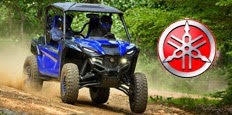






![Don't Try This at Home: Muddy Crash [video]](https://cdn-fastly.atv.com/media/2022/10/24/8744120/don-t-try-this-at-home-muddy-crash-video.jpg?size=350x220)
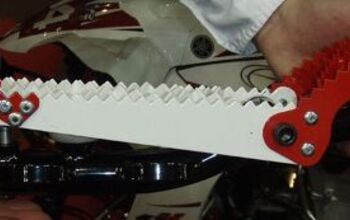
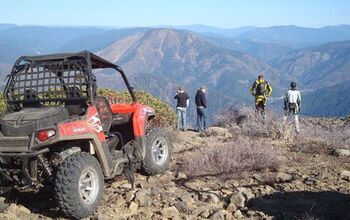

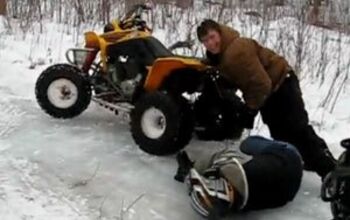
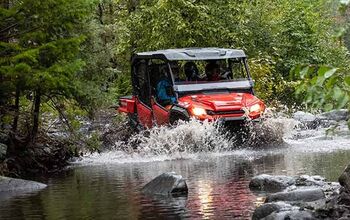
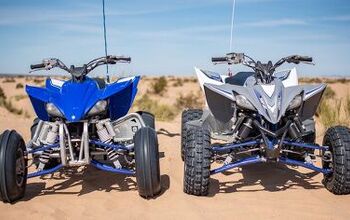
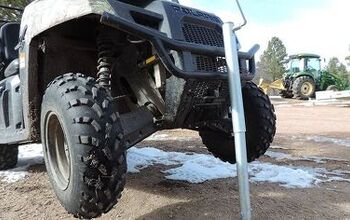
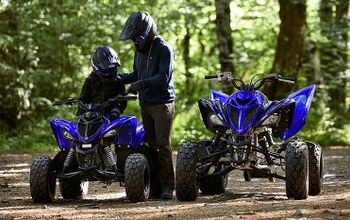
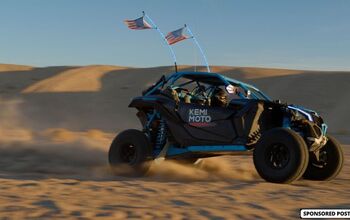
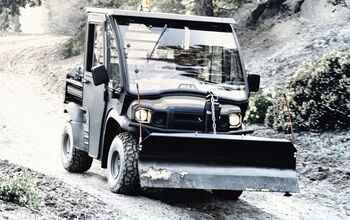
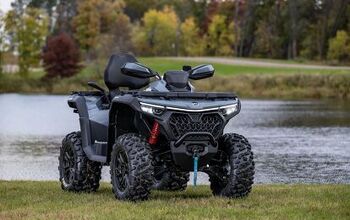
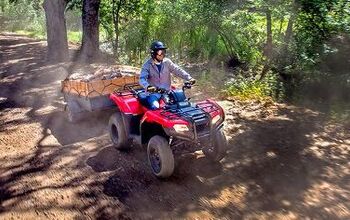
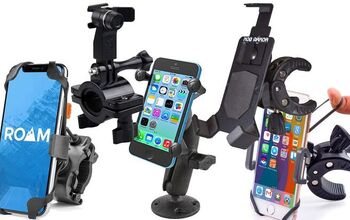

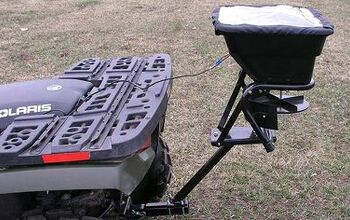
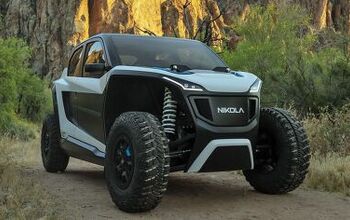
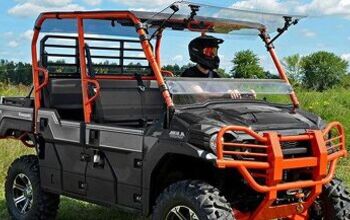
Comments
Join the conversation